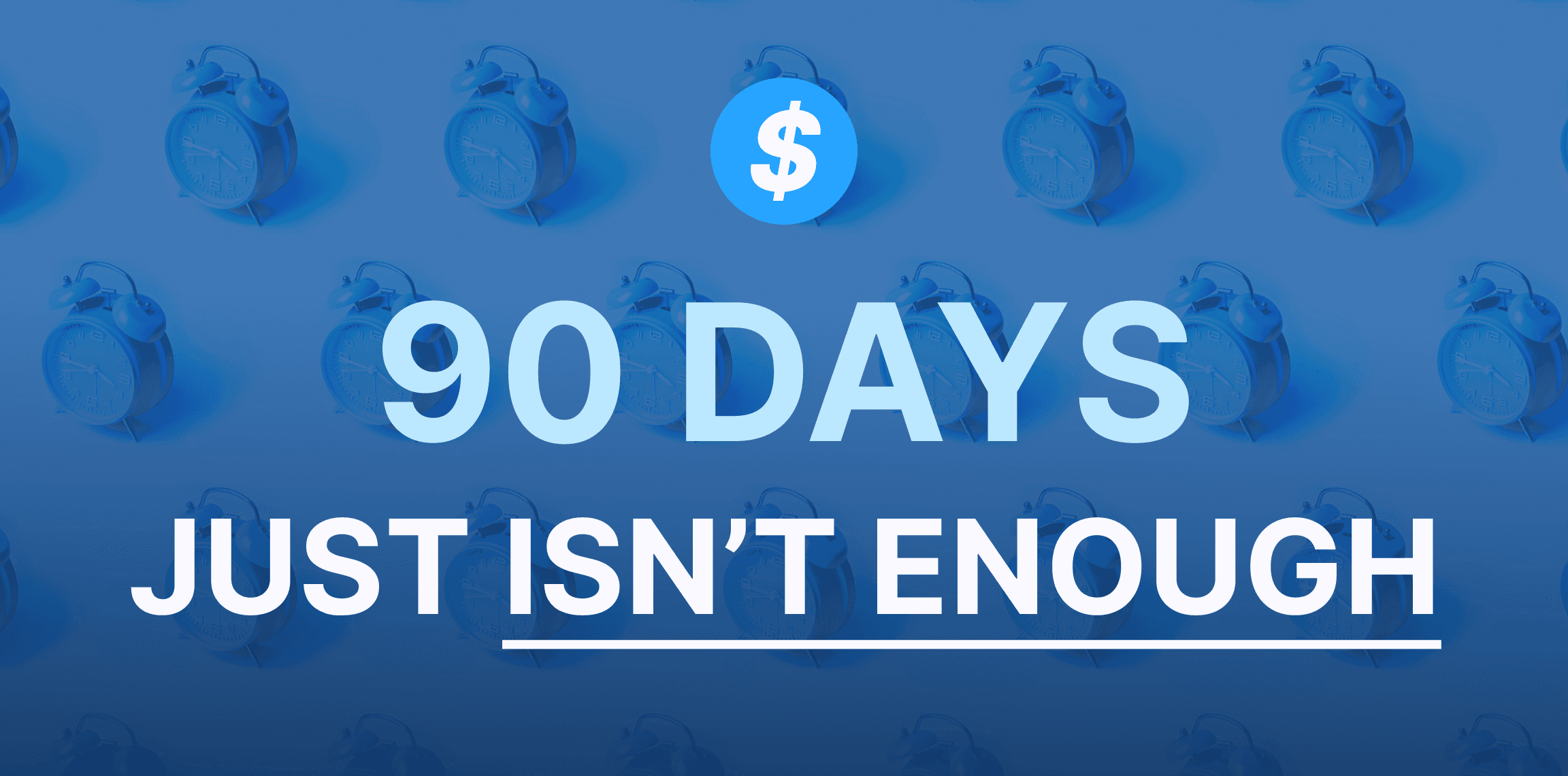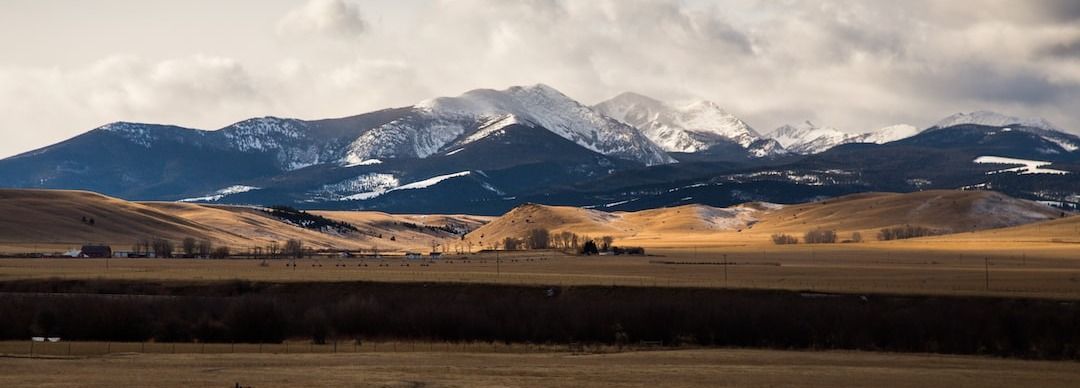Think you can complete your BEAD application in 90 days? Think again.
January 18, 2024
If you're waiting for your state's application, you'll be too late.

Talk to any experienced broadband director, and they’ll tell you that the job of running a state broadband office amounts to much more than just a place to coordinate infrastructure development.
Here are a few: A therapist’s office of sorts, where staff often hear from frustrated state residents about their connectivity woes; problem solver; tech education and customer service center; grant maker; urban planner; business and community matchmaker; geographer and economic development expert.
It’s a tough job. But Veneeth Iyengar, Louisiana’s executive director for broadband development and connectivity, seems to relish it. That’s probably because he focuses on the reality powering the job: At its heart, building broadband infrastructure is about connecting people to each other and to opportunities.
Stakeholder engagement is at the heart of everything his office ConnectLA does. Iyengar and his staff constantly meet leaders and other members of local communities to learn about their needs. For instance, last week, Iyengar visited with mayors of towns/villages, community colleges and parish officials throughout North Louisiana.
“We’ve taken the concept of “stakeholder engagement” and we’ve put it on steroids, because we’ve effectively visited almost all of the state’s 64 parishes, except maybe a couple,” he said in an interview with Broadband.money.
Getting to know their “customers”
Iyengar and his team Thomas Tyler Jr., ConnectLA’s deputy director, and Glen Howie, Jr., its senior policy analyst have traveled all over the state meeting residents and local leaders such as school superintendents, faith leaders, parish presidents, mayors, local public librarians, economic development specialists, healthcare providers, law enforcement and public safety officials.
Louisiana is a state with a population of 4.7 million spread over about 52,000 miles. The median income for the state is $50,800 and about 19 percent of the population live below the poverty line. Governor John Bel Edwards is committed to a goal of “broadband for everyone” by 2029. This means providing universal access to broadband service with minimum speeds of 25 Megabits per second (Mbps) download and 3 Mbps upload, scalable to up to 100 Mbps download and 100 Mbps upload, for all Louisianans by 2029. Iyengar’s office reports directly to Louisiana’s Commissioner of Administration Jay Dardenne, and he meets with the governor himself on a regular basis.
The state’s goal is to prioritize those with less then 25/3 speeds with 100/100 speeds, scalable if not 100/20 (in exceptional cases) as quickly as possble.
The ConnectLA team brings a one page document to distribute to the meetings. That document shows which areas in the local community are unserved, which then prompts a conversation about ways to fix the problem in addition to identifying on a zip code basis how many folks benefitted from the EBB program versus a percentage that are potentially eligible in addition to the number of folks who might lack digital literacy skills on a per parish basis..
These meetings spur the local leaders to action, and everyone then has a project to accomplish. Parish leaders are leading broadband teams to find connectivity solutions and to work on grant applications. Librarians are working on digital literacy programs. Faith based community leaders have committed to signing up eligible members for what was then the Emergency Broadband Benefit. More than a quarter of the state’s parishes assembled broadband teams to actively work on getting everyone connected.
All this work is part of Iyengar, Tyler and Howie’s larger effort to stand up the state’s broadband office, which the state legislature created in 2020. The office, known as ConnectLA, began operations just over a year ago in March 2021. The Board of Regents/Board of Elementary and Secondary Education plus additional CARES money gave it $1.5 million for its operations over three years.
The scope of work is clear. A McKinsey survey commissioned by the state found that around 1.5 Million may lack internet in Louisiana, 47 percent of whom are African American/Hispanic households either due to an access, affordability, literacy or a device issue. Seven hundred and forty-four thousand Louisianans lack digital literacy skills, the survey found.
ConnectLA has worked to create its first grant program, which, inevitably perhaps, is called GUMBO. The acronym stands for “Granting Unserved Municipalities Broadband Opportunities.”
The program offers a pot of $177 million in grants to commercial internet service providers. The money comes from the American Rescue Plan Act. The office received 158 applications, according to the published record of applications online. Applicants included everyone from AT&T to municipal broadband providers to local companies like Cajun Broadband. The office has been through the application review and protest process. It will announce final awardees sometime this month.
Preparing for IIJA BEAD NOFO
All this conversation and planning has enabled the ConnectLA office to plan for the future.
“You can't just show up three months before a project, say, hey, the project's gonna come down, I need your help,” Iyengar told John Busby, Chief Marketing Officer for Centerfield, a Seattle-based digital marketing company on a recent podcast episode. “You need to make repeated visits to the same people, you need to coach them up. You need to mentor, you make yourself available, because if you put in the work on the front-end, when it comes time to execute on the back-end, it’s going to make your life a hell of a lot easier.”
That’s all to say that now that it has created a grant program, talked to the stakeholders, and worked on mapping, it has done scenario planning and estimated how much it will receive from the Infrastructure, Investment and Jobs Act. Broadband.money, for our part, estimates that Louisiana will receive $649,649,205. Iyengar himself thinks that’s an underestimatation. He says that “its likely we will commit and spend over a $1 billion to address the broadband problem over the next several years”.
He says that he, Tyler and Howie are not waiting for the National Telecommunications and Information Administration’s Broadband, Equity, Access and Deployment (BEAD) Notice of Funding Opportunity (NOFO) to come out before working on their grant application. They’re already on their third draft of their IIJA BEAD grant application.
The office hasn’t just got its eyes on the IIJA though. Iyengar says that there are multiple sources of federal funding programs for broadband accessibility and affordability. Another big one for Louisiana is the Rural Digital Opportunity Fund. Currently, 13 companies have been awarded $342 million to serve 175,000 households in Louisiana.
Additionally, Vice President Harris and Deputy Secretary Graves travelled to Sunset, Louisiana on the 21nd of March to announce a $29 Million grant (NTIA BIP program) to provide high speed internet to over 22,000 locations in several parishes in the Acadiana Region of Louisiana
The other benefit of engaging in all that outreach: local anchor institutions and their leaders have helped their constituents access their Affordable Connectivity Benefits. Louisiana had one of the highest penetration rates with more than 31 percent of eligible households enrolled in the program, according to BroadbandNow. Iyengar says that these institutions have been key in establishing digital literacy programs as well. He says the state ranked third in the country with more than 215,000 households benefiting from the ACP/EBB program
What ConnectLA offers
Iyengar said that he looked to the states of Virginia and North Carolina for inspiration when setting up ConnectLA, saying that those state share similar socio-economic backgrounds as Louisiana.
Like Virginia, Louisiana offers an informational Broadband Toolkit for parish leaders. It also urges local governments to appoint “Digital Navigators.” These are local leaders who have the authority to make things happen in local government and who can coordinate activities to implement broadband in a community. ConnectLA also has two interns. One Sydney McGovern, who helps with the office’s communications. She recently wrote this profile, for example, of Grosse Tete a tiny village of 700 Southwest of the state capitol of Baton Rouge. It gives local governments an idea of how they might go about bringing better broadband connections to their areas. The other is Emma Chance. They both help with stakeholder engagement meetings.
What might be of particular use for ISPs is the demographic map that ConnectLA has published on its Web site, which offers statistical profiles of the state’s 64 parishes. The map shows statistics regarding each parish’s level of broadband access, penetration, affordability and digital literacy rates.
A background in finance
So what was Iyengar doing on a podcast about marketing anyway? Iyengar actually has a business background and worked in finance before he arrived in the public sector in 2018. He got a graduate degree in finance from Johns Hopkins University, served in the US Peace Corps in the Philippines, worked in various capacities in the world of finance and then joined Baton Rouge’s first female Mayor-President Sharon Weston Broome’s administration in 2018 leading up Economic Development in her administration..
In Busby’s podcast, he laughed when he noted that sometimes parish presidents are surprised when they call the ConnectLA office and find Iyengar answering the call himself on his cell phone. He’s set a goal of answering all questions that come into the office within 24 hours.
He says that a lot of people just call up “to vent.”
And Iyengar seems to be OK with that. It’s just one of the many roles he plays.

January 18, 2024
If you're waiting for your state's application, you'll be too late.

January 09, 2024
The big sky state joins a small list of eligible entities that have kicked off their broadband challenge process.